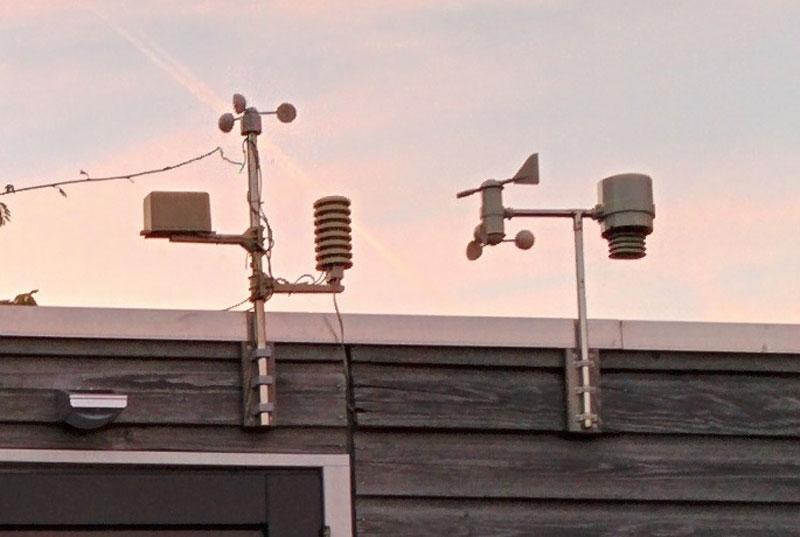[Yveaux] had a problem. The transmitter on his outdoor weather station had broken, rendering the inside display useless. He didn’t want to buy a new one, so, like the freelance embedded software designer that he is, he decided to reverse engineer the protocol that the transmitter uses and build his own. He didn’t just replace the transmitter module, though, he decided to create an entire system that integrated the weather system into a sensor network controlled by a Raspberry Pi. That’s a far more substantial project, but it gave him the ability to customize the display and add more features, such as synching the timer in the display with a network clock and storing the data in an online database.
Fortunately for [Yveaux], the transmitter itself was fairly easy to replace. The weather station he had, like most, transmitted on the 868MHz frequency, which is a license-free ISM (Industrial, Scientific and Monitoring) spot on the spectrum. After some poking around, he was able to figure out the protocol and teach the Pi to speak it. He then added a Moteino and an nRF2401+ transmitter to the weather station, so it can send data to the Pi, which then sends it to the display. It is a more complicated setup, but it is also much more flexible. He’s had it running for a couple of years now and has collected more than a million sensor readings.
















In the USA anyways, ISM means, “Industrial, Scientific and Medical (not Monitoring)”: 902–928 MHz, 2400–2483.5 MHz, 5725–5875 MHz, 24.0–24.25 GHz.
‘zat barbed-wire or Xmas lights?? :-)
It’s some plant try to grab my windspeed indicator over and over again…
You can also build your own transmitters for the Davis weather stations. Life gets a little harder with the G-FSK modulation and frequency-hopped spread spectrum they use in their system.
http://www.wxforum.net/index.php?topic=10739.msg243944#msg243944